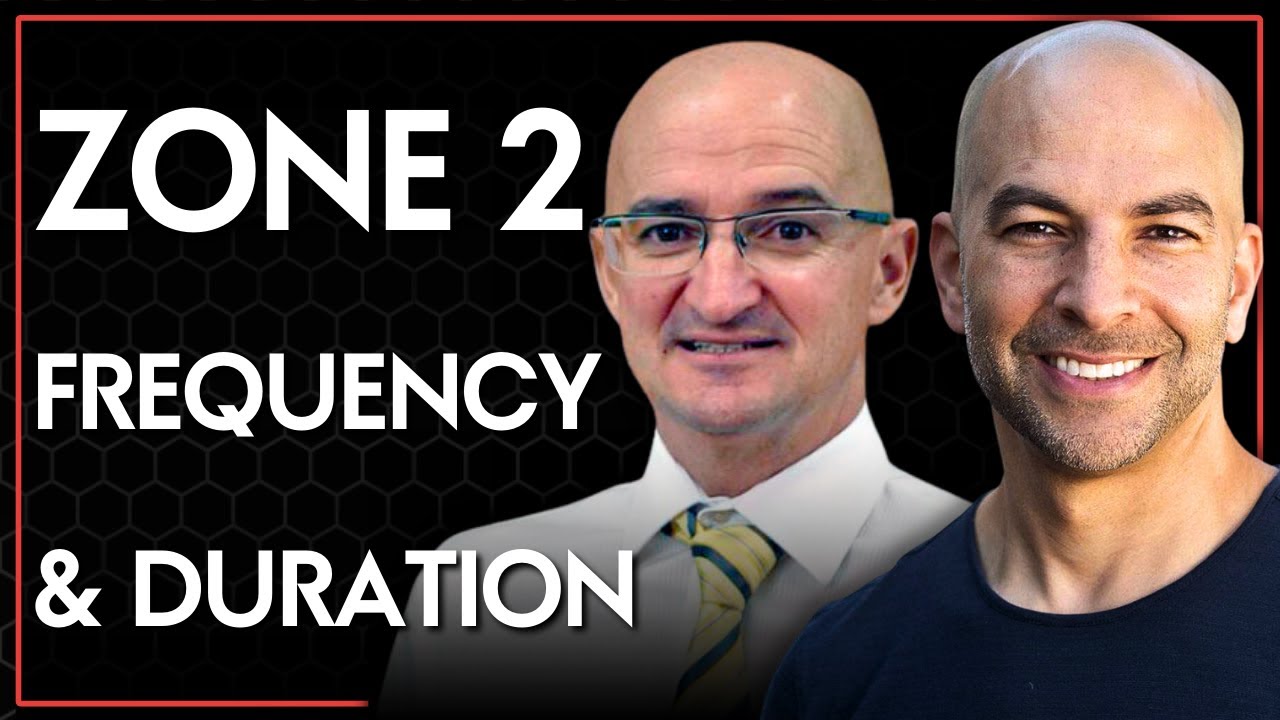:chuckle:
I’m a big fan of iterative design; simple is always the best place to start. Blame my theoretic math background.
Ok, so back to HR as an indicator. The argument against HR training since the advent of the power meter is that HR is too slow of a measure of effort because of the lag. So they discard it.
The part that gets lost is that HR is a feedback measurement of stress on the system. So it’s an excellent way to scale a workout approach for the total life stress on the athlete’s procedure; when the goal is to develop the aerobic engine. It’s essential to stay in that scope; we do aerobic training to grow the aerobic engine and the applicability is to that class of workouts. If the engine is busy dealing with other things like Mental Stress, Heat Management, Food Digestion, Sleep deprivation, and Illness battling then it has less capacity to devote to getting stronger. For other types of training HRV is the field to watch as a way to analyze cardiac patterns for planning. They have a lot of work to do in that field but I suspect they will surprise use over time.
So you want to do an aerobic workout today and continue to build your base. You could just ride alow at a steady state and let the software do it’s think and keep right oh the nut. That’s going to work; and if you have the discipline to vary you pattern you can get some good results but facts are when the rides get’s to be 45min+ your mind is going to check out so we need structure.
Examples:
(a) Create a workout of 3 Repeats 8 minutes at HR MAF threshold, 8 minutes at HR MAF floor
Repeat said working every other day growing the intervals to 10, 12 …18, 22 minutes each. The body will reach by learning to do the Higher intervals at a lower bpm, and this will happen over 1-2 weeks. If you don’t provide the high-low variability you don’t get growth you just get the ability to do the max, and it only improves slowly much more slowly
(b) Same intervals but the lower power ones are high cadence. Spin 100 on the low power, Spin 70 rpm on the high power ones; maintain a locked-down HR in a 5bpm range at the ceiling. Teach the body to make high power slowly without HR loading, Teach the body to have quick legs at a lower heartbeat. In execution you want really know what’s going to be high power and low power and it’s fun to watch the pattern. Sometime weird stuff happens
© Stair steps reverse tractor pulls. 4 ramp steps; start at 90rpm, then 80rpm then 70rpm then 60rpm. RPM is the instruction to the rider; the stairs move the bpm up from floor to just under ceiling if 4 equal parts. You actually don’t know where the power will go because you can’t predict how the athlete will respond.
(d) Heat training; 1 interval with fans blowing on you one interval with them off. repeat. (I can recommend $8 remotes for turning fans on and off.
(e) Little ring + Big ring erg trainer inertia drills; alternate 20 minute intervals in a big gear and a little gear. Teach the muscle to do the micro-adjustments maintaining the power/cadence when the inertia is low. This develops a better climbing ability in the aerobic zone
Ok so from the simple standpoint; we still build these workouts just like power profile one; the editor can even be the same… But power isn’t the target output; it’s the target Input into the system. Target input is where we hope to get to over recurring training so we do want that power target entered. We need some extra fields in the workout builder per segment (warning I have not used the workout builder yet, that’s this weekend so I actually do not know how it works now Since workout builders are all basically the same I’m making assumptions)… The fields are (1) user with text instructions. (2) Mode toggle HR target min max. or MAF Mode (3) In target mode you just enter state % low and high% and work of Athletes stated Max HR Threshold from the old schools of thought. (4) In MAF mode you enter your floor offset and ceiling offset for that interval. Rang for each is 1-20. These two numbers are used for BPMFloor = (MAF_ET - FLOOR) and (BPMCeiling = MAF_EF - Ceiling). And these provide the Range you expect this interval restricted to by the software.
For MAF-style aerobic workouts, for now, just prompt the user at the start of the ride for their MAF_ET value (Offer the last one used) and then calculate the values from the workout target relative to that input… For traditional HR just pull that from the athlete profile.
In the future, it would be great if the app could in the athlete profile calculate the MAF_ET based on Age and a few questions ask in the profile. At the start of the ride as if user if they have been sick in the last 3 days if they answer yes scale all the values down by 5.
In the future at the end of the work out we measure compliance; we had a target power input relative to FTP; what percentage are we undershooting that power; would tell use when we have reach maximum aerobic levels and need to move to the next phase of training.
 We are working on improvements to our timing issues now and as soon as that is done we will work in allowing custom HR workouts.
We are working on improvements to our timing issues now and as soon as that is done we will work in allowing custom HR workouts.